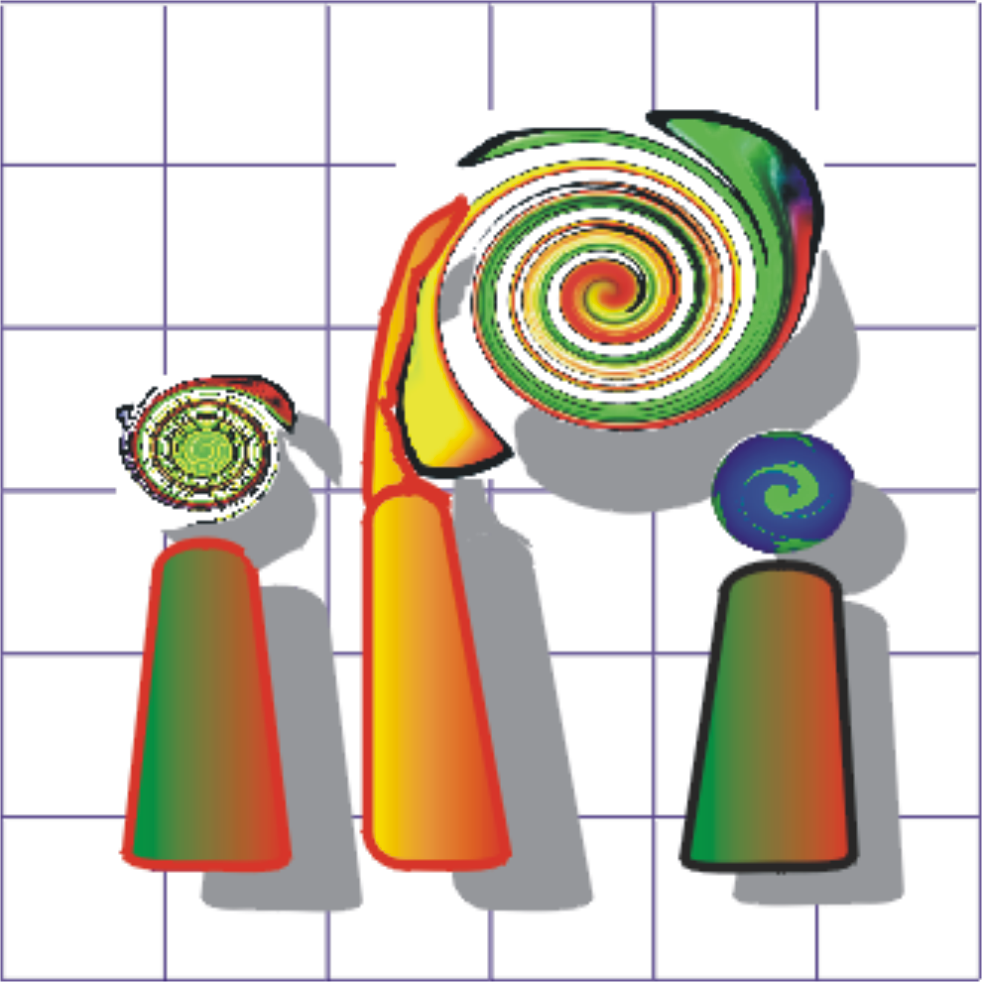Semantic correct integration of a Digital Terrain Model and a Landscape Model (2005)
| Team: | Andreas Koch |
| Year: | 2005 |
| Duration: | 02.2002 bis 01.2005 |
| Is Finished: | yes |
Research Group: GIS-based thematic image interpretation
Contact Person: Andreas Koch
Motivation and aim
The most commonly used topographic vector data, the core data of a geographic information system (GIS) are currently twodimensional. The topography is modelled by different objects which are represented by single points, lines and areas with additional attributes containing information, for example on function and size of the object. In contrast, a digital terrain model (DTM) in most cases is a 2.5D representation of the earth’s surface. The integration of the two data sets leads to an augmentation of the dimension of the topographic objects. However, inconsistencies between the data, which are caused by different surveying and production methods and different modelling, may lead to semantically incorrect results of the integration process.
The aim of this project is the integration of the two data sets by considering the semantics of the topographic objects. Objects have to be considered which contain implicit height information. This information is used to formulate equation and inequation constraints to improve the height information within a optimization process.
Semantic correctness
The following two figures show the result of an integration without considering the semantics of the objects.
The height values of the lakes do not show a constant height level. Several heights of the lakes near the bank are higher than the mean lake heights. This representation does not correspond to the human view of the topography. The integrated data set is semantically incorrect.

The second figure shows a DTM with a topographic map (Deutsche Grundkarte) overlayed. The representation is semantically incorrect, too. The bridge in the corresponding part of the DTM is modelled incorrect.

A semantically correct integration leads to a data set with horizontal lakes and increasing terrain outside the lake. Roads have not to exceed maximum slopes and curvatures in longitudinal direction and across. The representation has to correspond with the human view of the topography.
Results
Up to now the investigations are based on the integration of lakes and roads. First the GIS data are integrated without considering the semantics of the topographic objects. This step is based on a constrained Delaunay triangulation considering the object polygons as constraints. Then, equation and inequation constraints are formulated which are introduced into an optimization process. The result is an integrated data set consisting of a triangular irregular network (TIN) with improved height information.

The figure shows the result of a semantically correct integration. The lakes are horizontal and the terrain outside the lakes increases. All predefined constraints are fulfilled.


